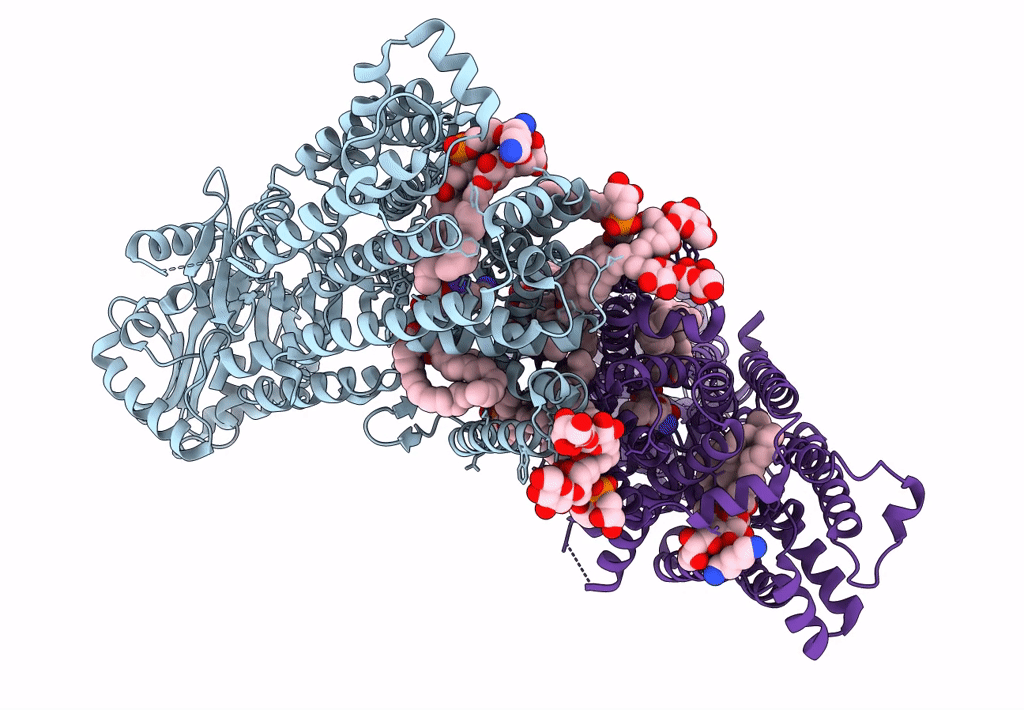
Deposition Date
2021-01-12
Release Date
2021-04-21
Last Version Date
2024-06-05
Entry Detail
PDB ID:
7DUW
Keywords:
Title:
Cryo-EM structure of the multiple peptide resistance factor (MprF) loaded with two lysyl-phosphatidylglycerol molecules
Biological Source:
Source Organism:
Rhizobium tropici (Taxon ID: 398)
Host Organism:
Method Details:
Experimental Method:
Resolution:
2.96 Å
Aggregation State:
PARTICLE
Reconstruction Method:
SINGLE PARTICLE


